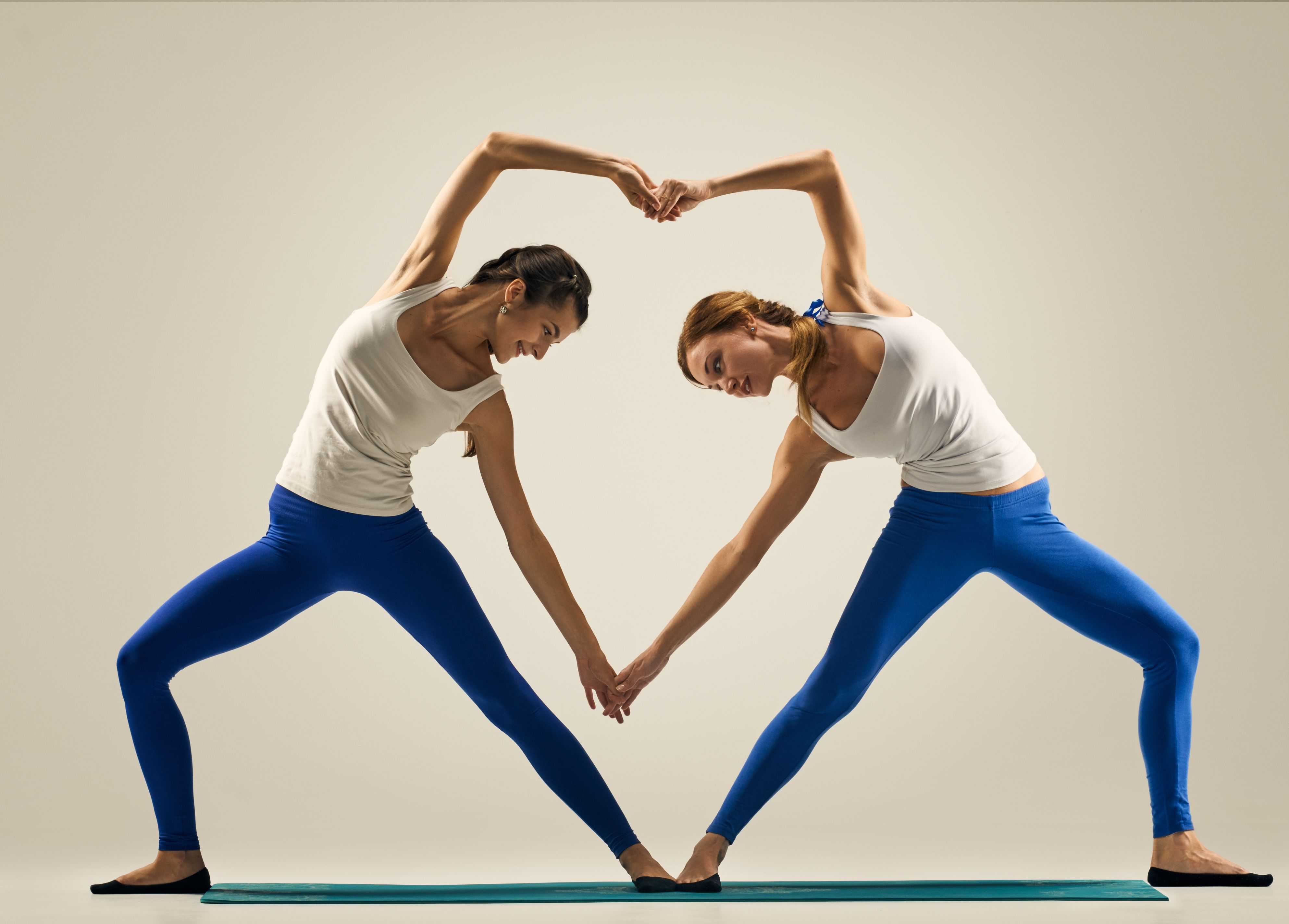BY: TRISHA CURLING
Q: What’s your favourite yoga pose?
If you ask me that same question, I will say Wild Thing, and then I will say Pigeon, and then I will say Wheel. That list does not even tell you all of my favourites. My point is, I can’t narrow it down to just one, because at different times, for different reasons, each pose provides something new and different for me. There are days when all of those poses feel possible and others when they feel more challenging to me. I am going to give you my final answer at the end though, so keep reading.
Yes, yoga is a lot more than poses, but I want to take a look at the poses for what they are and how they serve us.
I have to say that a huge part of my attraction to yoga was the physicality of the poses. I was always active growing up and enjoyed dancing. Yoga was so much like dance to me. The vinyasa style, in particular, seemed to be this endless stream of poses connected together by breath. The people that I saw practicing looked strong and I wanted that too. I thought if this is the only attraction at first, then who cares?
With a body that seemed to be withering away when I had abandoned physical activity for some years, yoga became something that I was once again drawn to for the physical benefits. It was not the only “tool” I used to heal, because it takes a more holistic approach, but it definitely had a major hand in my healing.
If you are thinking about starting yoga, a great place to start is by starting with poses that you love. After being away from it for many years, I could only handle a few poses at a time. I would only practice for about 10 min. per day. I would repeat the same poses over and over again because this is just what I knew and with each day, the poses began to feel REALLY GOOD in my body. My practice time began to increase not only because I learned new poses, but because I began to be able to challenge myself a lot more. I began to love new poses and how they made me feel. I started to understand which poses I needed on different days and they became my “favourites” for that day.
I wasn’t even ready for the benefits to the mind. I gained peace, time for reflection, time to just feel like myself again. There’s a lot more to say here, but let’s look at why we might stop ourselves from receiving these benefits.
Don’t hesitate to start, don’t stop yourself because you think you are not flexible or strong enough. Don’t stop yourself because you think you are too old or have too many injuries. Yoga meets you where you are and if you open the gate to one aspect (which may be the poses first) you open yourself up to all of the benefits it has to offer. There is always a way, a style, a breathing technique among other things that are ready for you.
Q: What is your favourite pose? A: Who cares, do the one(s) that serve YOU.

